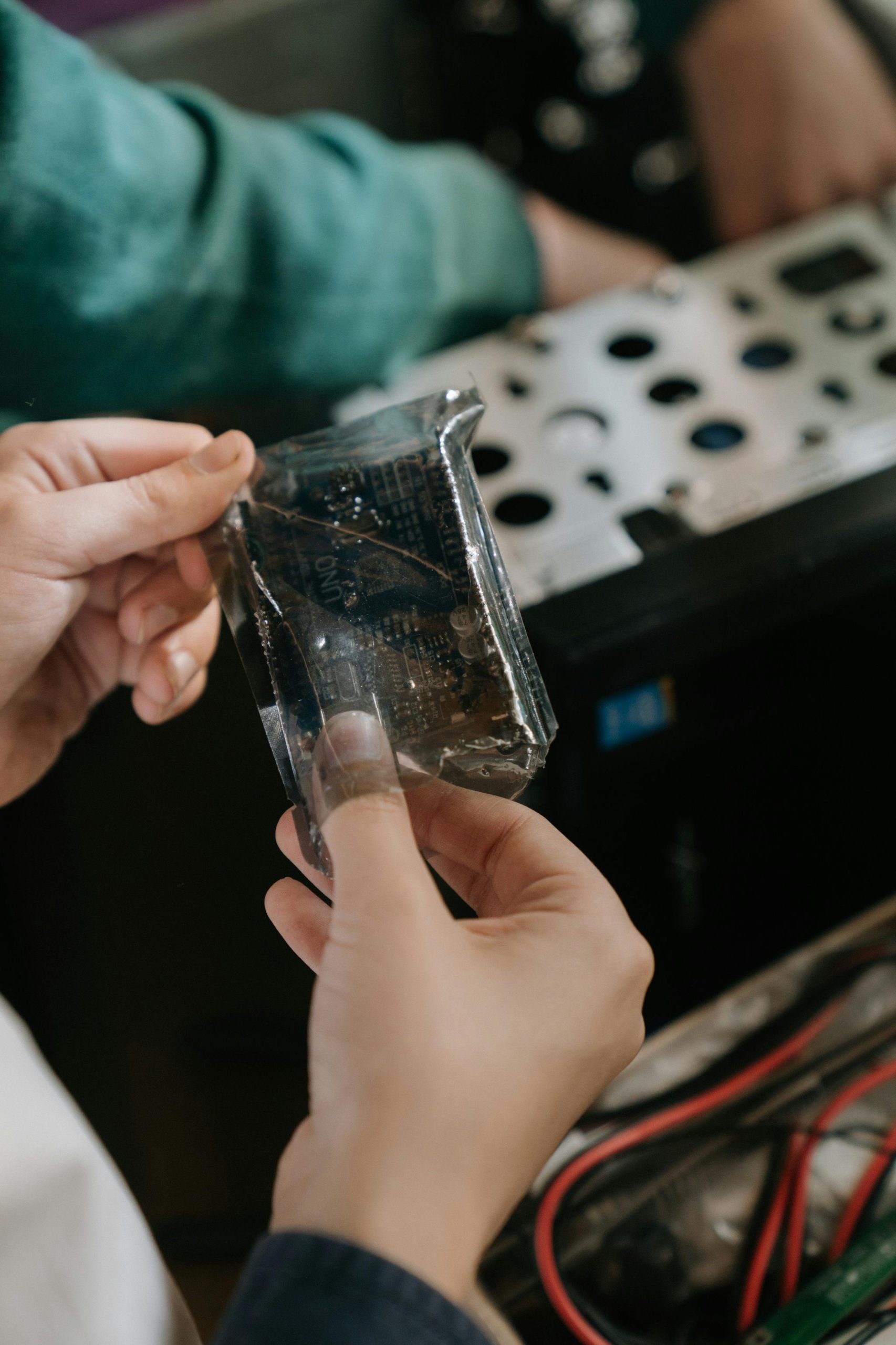How to Upgrade Your PC: Choosing the Right Components for a Balanced Build
Are you considering upgrading your existing PC but unsure where to start? Whether you’re aiming to boost gaming performance, enhance productivity, or simply modernize your system, selecting the right components is crucial. In this guide, we’ll walk through key considerations and recommend suitable upgrades based on your current setup and future goals.
Assessing Your Current System
Your current setup features a Z170-Gaming K3 motherboard, which indicates an Intel 6th or 7th generation platform. As technology has advanced, upgrading your system involves both hardware compatibility and performance needs. Recognizing what’s outdated will help focus your upgrade efforts.
Desired Upgrades and Goals
You mentioned planning to purchase an Intel Core i5-12400F processor paired with an ASRock H610M-HDV microATX motherboard. This is a solid choice for users seeking a good balance between cost and performance, especially if you prioritize gaming, content creation, or general productivity.
Component Recommendations
- Processor (CPU):
-
Intel Core i5-12400F is a modern hexa-core CPU with excellent performance for most tasks, including gaming and multitasking. It lacks integrated graphics, so you’ll need a dedicated GPU, which aligns with your mention of budget-conscious graphics options.
-
Motherboard:
-
ASRock H610M-HDV offers compatibility with the 12th Gen Intel CPUs and supports essential features. Ensure your BIOS is updated for compatibility. Consider a motherboard with more features if you plan to upgrade further in the future (e.g., additional M.2 slots, better VRMs).
-
Graphics Card (GPU):
-
For a budget-friendly option, consider cards like the NVIDIA GeForce GTX 1660 Super or AMD Radeon RX 6500 XT. These provide decent performance for 1080p gaming without breaking the bank. If your budget allows, stepping up to an RTX 3060 or RX 6600 XT can offer improved frame rates and future-proofing.
-
Memory (RAM):
-
Aim for at least 16GB of DDR4 RAM, which is sufficient for most gaming and productivity tasks. Match the speed and latency recommended by your motherboard, typically DDR4-2666 or DDR4-3200.
-
Storage:
- An NVMe M.2 SSD (e.g., 500GB or 1TB
Share this content:



